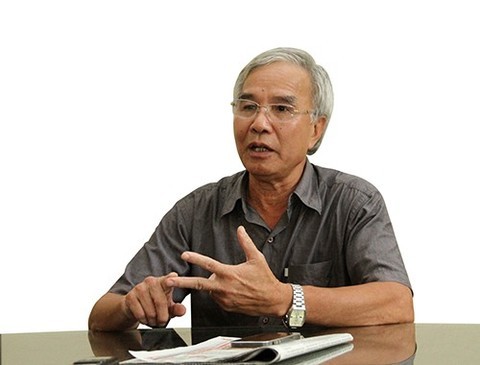 |
|
Professor Tran Chung
|
What will be the main advantages of the Law on Public Private Partnerships when it comes into force?
Investors hope the Law on Public Private Partnership (PPP Law) will provide a level playing field for all investors, regardless of their social status.
They also hope the law will reduce risks that might occur for project investors. The nature of a PPP project is shared risks between the State and the private sector.
It is common knowledge that most of our investment projects in road construction have faced many risks, as the projects' returns budget depend on the volume of vehicles using the road – a factor which has always been subject to change. Another risk I want to mention is changes in Government policies. The Deo Ca (Ca Pass) in central Viet Nam is an example. According to the original plan, the Van Phong area would become a Special Economic Zone, while Vung Ro would become a concentrated economic zone. But now things have changed and the traffic volume through the Ca Pass has dropped to 40 per cent of the original projection target. Coupled with that, there are many other risks hanging over investors.
The other point I want to mention is that when the PPP Law comes into force, people expect the general public will feel more confident in investing in a PPP project – their investments may account for up to 60 per cent of a project's total, while the share from the investor would be about 20 per cent.
Besides, when the PPP Law comes to life, its mechanism on investment mobilization will be much more liberal than the old mechanism.
Will you please explain about the investors' roles in a PPP project?
In a PPP project all investors are key players. They are also the project’s implementers. That’s why Government agencies and private investors both have the same rights and responsibilities. This is an economic contract, so all players must be equal before the law.
It's common international practice for infrastructure projects not to depend on bank capital but on the issuance of Government bonds. Should Viet Nam apply this method for PPP projects?
Many countries have experienced many lessons from PPP projects, particularly when they have leaned too much on credit from banks. It is a common practice for commercial banks to mobilise money through short term deposits while the money they lend to their customers is based on long term contracts.
This means the banks have accepted the risks on their side. In many countries, for example in Great Britain, banks have joined an alliance for their lending activities to share the risks together. In South Korea, they mobilise capital from society through various funds, like the Fund for the Development of Transport Infrastructure, and they have successfully mobilised quite a lot of money. I hope Vietnamese investors in PPP projects will learn from other countries. — VNS

National Assembly debates draft law on PPP
Most National Assembly (NA) deputies agreed on the need for the draft Law on Public-Private Partnership to finalise a legal framework of this type of investment and improve the effectiveness of long-term public-private partnership (PPP) projects.

Transformation ahead in PPP investment risk mechanisms
Long-standing concerns could be solved in the latest version of the draft Law on Public-Private Partnerships ahead of National Assembly discussions.
 Professor Tran Chung, Chairman of the Viet Nam Association of Financial Investors, talks about advantages the Law on Public Private Partnerships will offer investors.
Professor Tran Chung, Chairman of the Viet Nam Association of Financial Investors, talks about advantages the Law on Public Private Partnerships will offer investors.